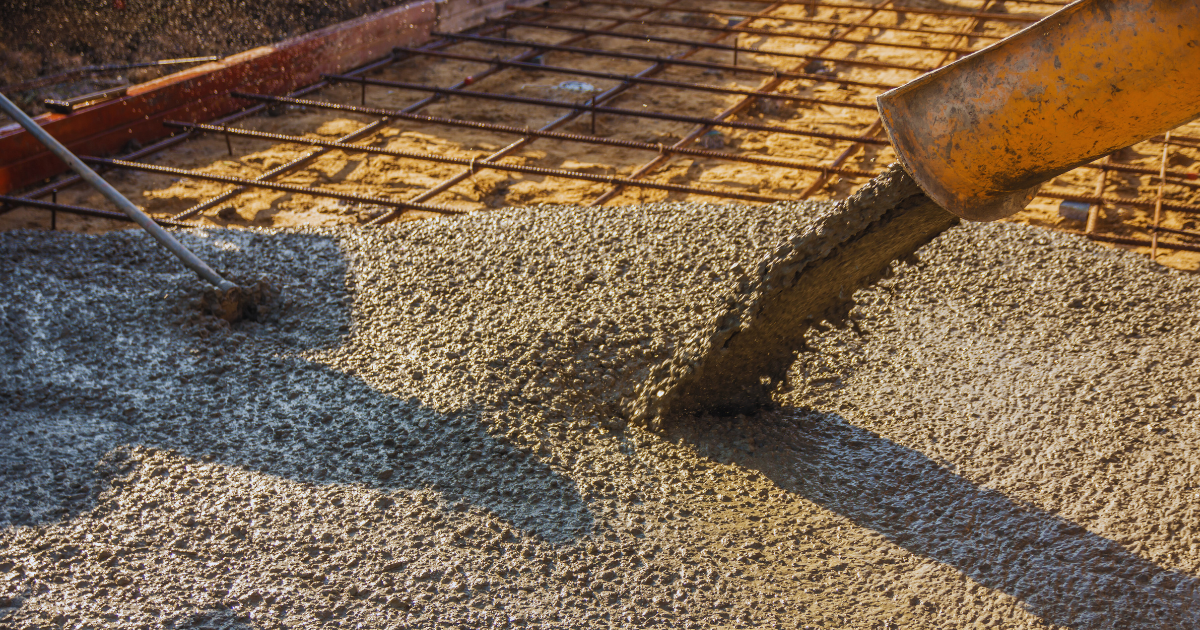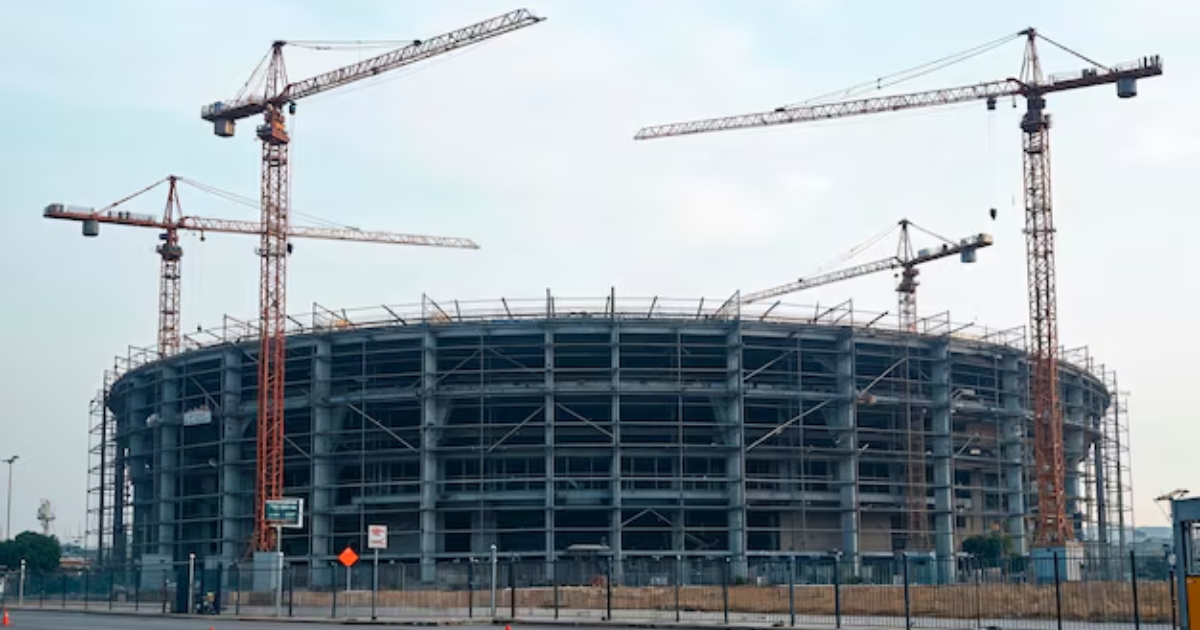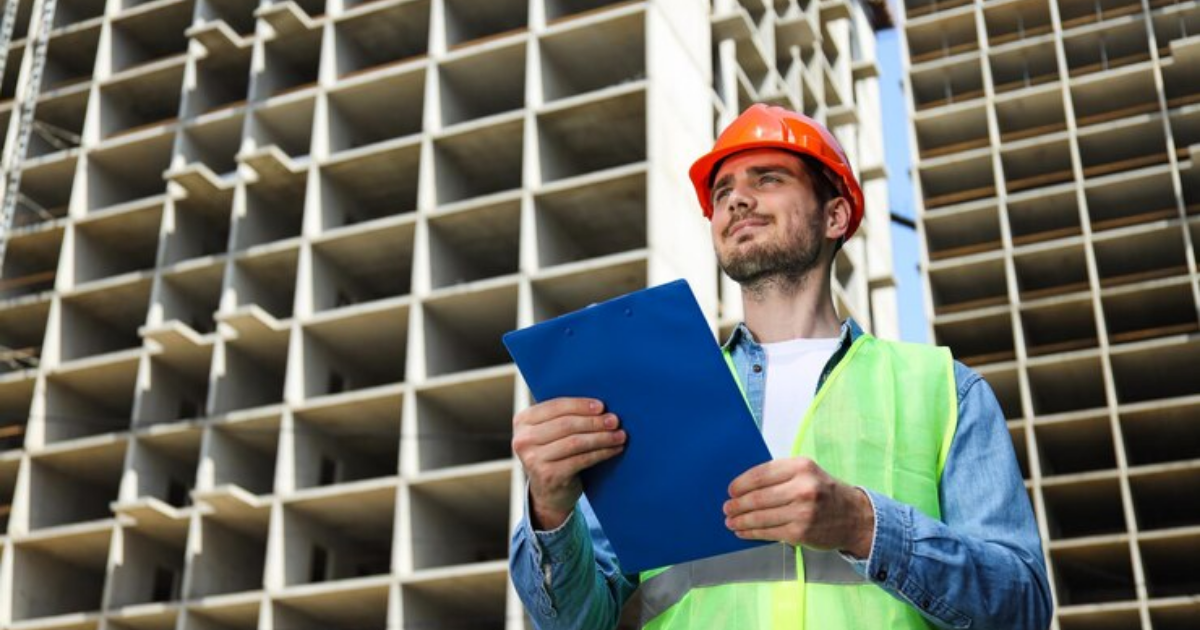In an era of increasing environmental awareness, industries worldwide are taking steps to reduce their carbon footprint. The construction sector, responsible for a significant portion of global greenhouse gas emissions, is exploring innovative ways to build more sustainably. One of the most promising solutions is the use of Ready-Mix Concrete, a product that not only streamlines construction processes but also significantly reduces environmental impact. This blog delves into how Ready-Mix Concrete contributes to sustainability and why it’s a crucial step toward eco-friendly construction.
Understanding the Carbon Footprint of Traditional Construction Materials
Before diving into the benefits of Ready-Mix Concrete, it’s essential to understand the environmental impact of traditional construction methods. Concrete production, a cornerstone of construction, is a significant contributor to CO2 emissions due to the energy-intensive process of cement production. Cement, a key ingredient in concrete, accounts for about 8% of global CO2 emissions, making its reduction vital in the fight against climate change.
Traditional site-mixed concrete often results in material wastage and inefficiencies in energy use. With no standardized procedures, over-mixing or under-mixing can lead to wasted resources, poor-quality concrete, and increased emissions from transportation and production processes.
How Ready-Mix Concrete is Reducing the Carbon Footprint
1. Precision in Mixing Reduces Waste
One of the most significant advantages of Ready-Mix Concrete is its precision. Mixed in a controlled environment, the proportions of ingredients such as cement, water, and aggregates are carefully calculated to ensure minimal waste. This precision reduces the overuse of materials, directly lowering the carbon footprint of the construction process. Since the mixing occurs in an industrial setting, it allows for better quality control and less variability, which ultimately translates into less material wastage.
2. Energy Efficiency in Production
Ready-Mix Concrete is produced in batch plants, where energy efficiency can be optimized compared to on-site mixing. Batch plants often employ modern technology to reduce energy consumption, such as recycling wastewater and utilizing renewable energy sources. The energy required to transport materials to multiple construction sites is minimized, as Ready-Mix Concrete is delivered directly to the location in ready-to-use form. This cuts down on emissions from trucks and other machinery, making the overall process more sustainable.
3. Reduced Transportation Emissions
By delivering Ready-Mix Concrete to construction sites in exact quantities, the need for multiple trips by heavy vehicles is minimized. This reduction in transportation not only saves fuel but also significantly cuts down on CO2 emissions. In large-scale projects, this can make a considerable difference in the overall environmental impact. Moreover, batch plants are often located near urban areas or major construction zones, further reducing the distance materials need to travel.
4. Better Use of Recycled Materials
Another way Ready-Mix Concrete contributes to reducing the carbon footprint is through the incorporation of recycled materials. Batch plants often use industrial by-products, such as fly ash and slag, which would otherwise end up in landfills. These materials not only improve the strength and durability of the concrete but also reduce the demand for virgin materials, thus lowering the environmental impact of production.
Fly ash, for example, can replace a portion of cement in the mix, reducing the CO2 emissions associated with cement production. Incorporating these materials into Ready-Mix Concrete allows the construction industry to take a significant step toward sustainability while maintaining the high performance required for modern building projects.
5. Durability Leads to Longevity
One of the defining characteristics of Ready-Mix Concrete is its durability. Structures built with this material have a longer lifespan and require fewer repairs, which means less frequent reconstruction and reduced resource consumption over time. Buildings that last longer reduce the need for new materials and associated emissions, making them a more sustainable choice. The durability of Ready-Mix Concrete also means fewer emissions from maintenance activities, further contributing to a lower carbon footprint.
6. Water Conservation
Water is a precious resource, and Ready-Mix Concrete production plants are designed to use it efficiently. In contrast to on-site mixing, where water usage can be difficult to monitor and control, batch plants can recycle water, reducing the overall consumption. By managing water resources more effectively, Ready-Mix Concrete producers contribute to sustainability efforts in regions where water scarcity is a concern.
7. Innovation in Sustainable Additives
The concrete industry is continuously innovating, and Ready-Mix Concrete is no exception. New additives are being developed to further reduce the carbon footprint of concrete. These additives not only improve the material’s properties but also contribute to sustainability by reducing the amount of cement needed in the mix. By lowering the cement content, Ready-Mix Concrete producers can reduce CO2 emissions, making the final product more environmentally friendly.
8. Supporting Green Building Certifications
The use of Ready-Mix Concrete can help construction projects achieve green building certifications such as LEED (Leadership in Energy and Environmental Design) or BREEAM (Building Research Establishment Environmental Assessment Method). These certifications promote sustainable construction practices and are increasingly becoming a requirement for new developments. Ready-Mix Concrete plays a key role in earning points for material efficiency, waste reduction, and energy savings, all of which contribute to a project’s overall sustainability profile.
9. Supporting the Circular Economy
The production of Ready-Mix Concrete can also support a circular economy by utilizing local materials and reducing the need for virgin resources. Batch plants often source aggregates and other materials from nearby locations, which cuts down on transportation emissions and supports the local economy. By using recycled materials and optimizing resource usage, Ready-Mix Concrete helps minimize the environmental impact of construction while promoting sustainable practices.
Conclusion: A Step Toward a Sustainable Future
As the construction industry moves toward greener practices, Ready-Mix Concrete stands out as a practical and effective solution for reducing carbon emissions. Its precision in mixing, energy efficiency, use of recycled materials, and contribution to durable structures make it a sustainable choice for modern construction projects. By adopting Ready-Mix Concrete, builders and developers can significantly reduce their environmental impact while still meeting the high standards of today’s construction demands.
In the pursuit of sustainability, every step counts. And with Ready-Mix Concrete, the construction industry is taking a significant step toward reducing its carbon footprint and building a greener, more sustainable future for all.







